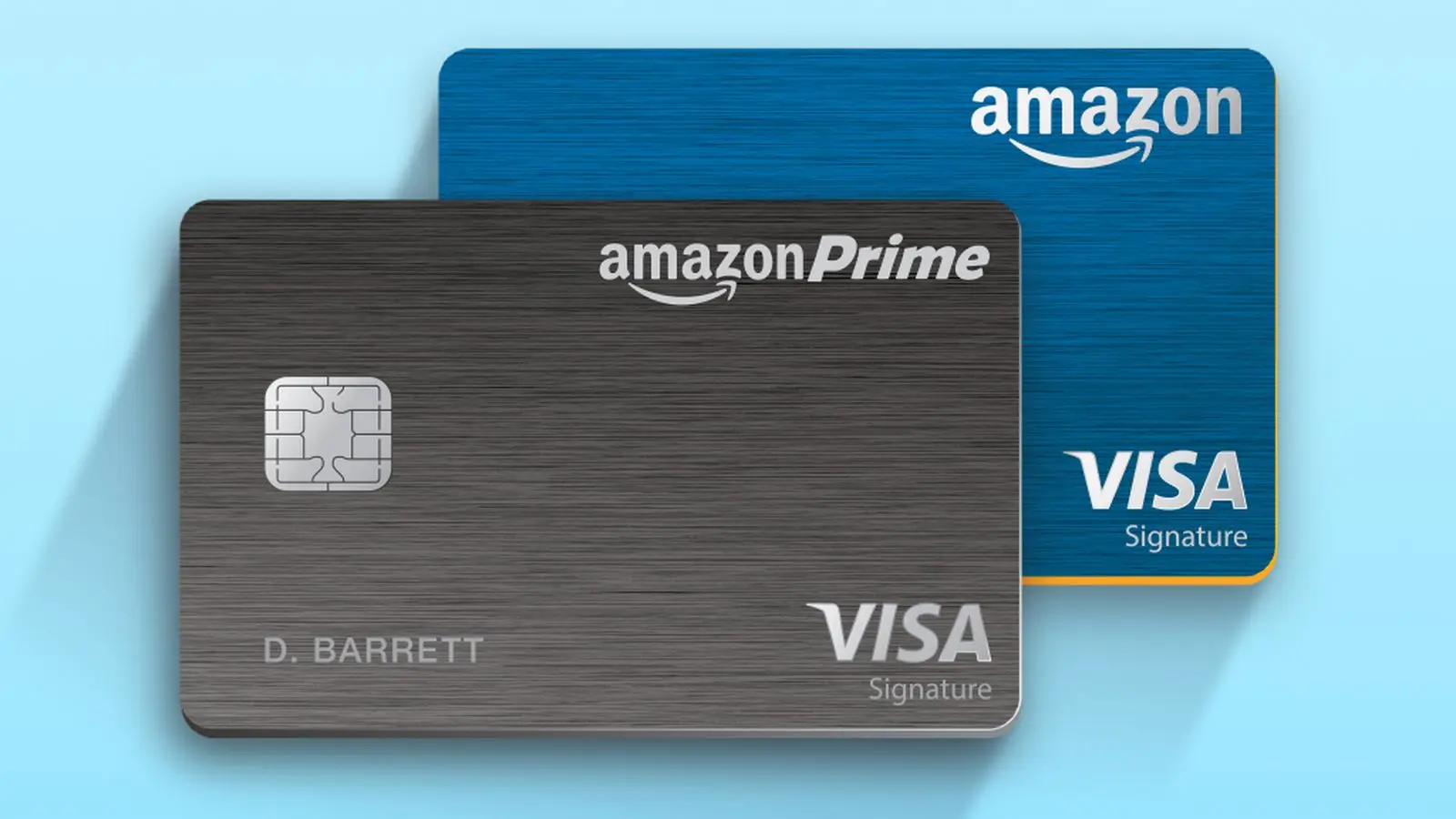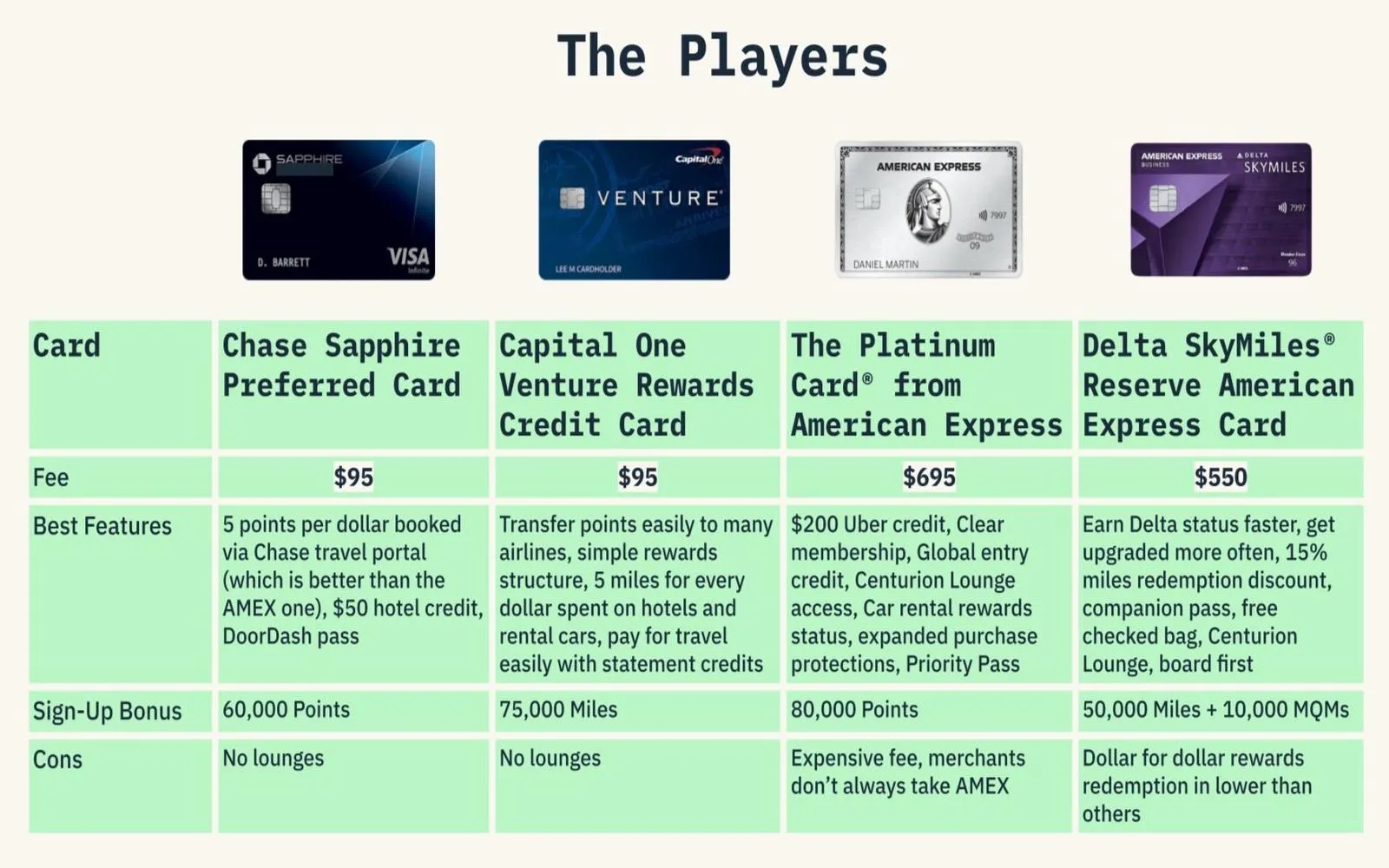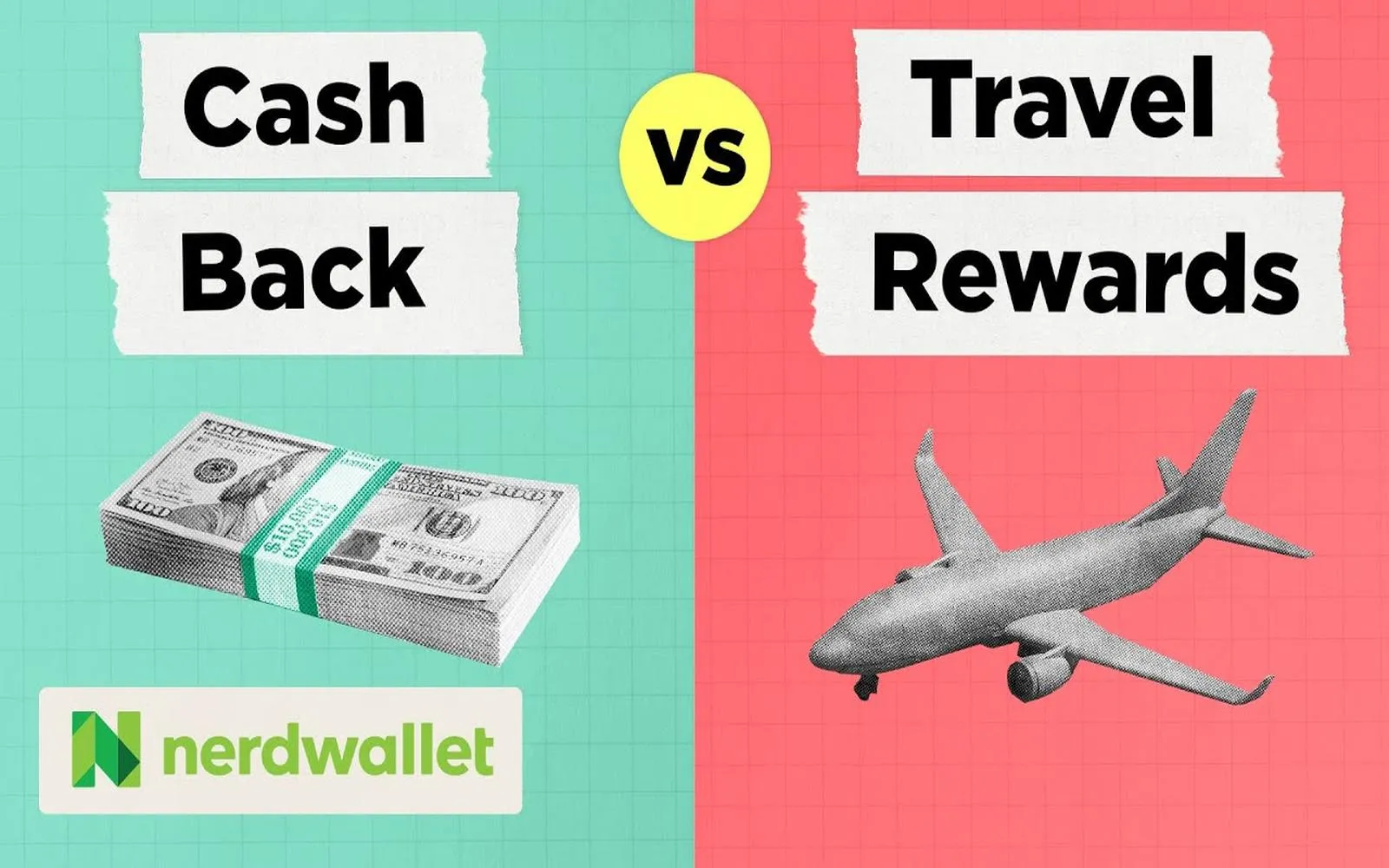Top 0% APR Balance Transfer Cards of 2025: Maximize Your Savings and Pay Off Debt Faster
Understanding Balance Transfer Cards
In the realm of personal finance, balance transfer cards have become a popular tool for individuals looking to manage debt more efficiently. These cards allow you to transfer existing credit card debt onto a new card with a lower interest rate, often featuring an introductory 0% APR for a set period. This can significantly reduce the amount of interest you pay, enabling you to pay off your debt faster.
Why Choose a 0% APR Balance Transfer Card?
Choosing a 0% APR balance transfer card in 2025 can be a savvy financial move for several reasons:
- Interest Savings: Transferring high-interest debt to a card with 0% APR can save you a substantial amount in interest payments.
- Debt Consolidation: These cards can help consolidate various debts into one monthly payment, simplifying your financial management.
- Improved Cash Flow: With lower or no interest payments, you can allocate more funds toward paying down your principal balance.
How to Maximize Your Savings
To get the most out of your 0% APR balance transfer card, consider the following strategies:
- Pay More Than the Minimum: Aim to pay more than the minimum payment each month to reduce your balance faster.
- Create a Repayment Plan: Before making the transfer, outline a clear repayment plan to ensure you can pay off the balance before the introductory period ends.
- Be Mindful of Fees: Some balance transfer cards come with fees (usually 3-5% of the transferred amount). Factor these into your calculations to assure you are still saving money.
Top 0% APR Balance Transfer Cards of 2025
As we delve into the top 0% APR balance transfer cards available in 2025, it is crucial to consider various factors such as the length of the introductory period, fees, and ongoing interest rates. Below are some of the standout options for 2025:
1. Chase Slate Edge
The Chase Slate Edge card is a strong contender for anyone looking for a balance transfer option. With a 0% APR for the first 18 months on balance transfers, it allows users time to pay down their debt without accruing interest. The card also has no annual fee and a modest balance transfer fee of 3%.
2. Citi Simplicity Card
The Citi Simplicity Card is known for its generous 0% introductory APR for 21 months on balance transfers. This extended period gives cardholders ample time to pay off their debt. Additionally, it has no late fees or annual fees, making it an attractive option for those who may need flexibility.
3. Discover it Balance Transfer
The Discover it Balance Transfer card offers a 0% APR for 18 months, along with a unique rewards program. Cardholders earn 1% cash back on all purchases and 5% in rotating categories. After the first year, Discover matches all cash back earned, making this card a great choice for those looking to manage debt while also earning rewards.
4. Amex EveryDay Credit Card
For those who value rewards while managing debt, the Amex EveryDay Credit Card offers a 0% APR for the first 15 months on balance transfers. Cardholders can earn Membership Rewards points on their purchases, making this card a dual-purpose tool for saving on interest and earning rewards.
5. BankAmericard Credit Card
The BankAmericard Credit Card is another solid option, featuring a 0% APR for the first 18 billing cycles on balance transfers. With no annual fee and a straightforward structure, this card is well-suited for those looking to simplify their debt repayment strategy.
Key Features to Look For
When selecting a balance transfer card, consider the following key features:
- Length of Introductory Period: Longer periods allow more time to pay down debt without interest.
- Balance Transfer Fees: Evaluate the fees and ensure they do not outweigh the interest savings.
- Regular APR: Understand what the interest rate will be after the introductory period ends.
- Rewards and Benefits: Some cards offer rewards programs or additional benefits that can make them more appealing.
Common Pitfalls to Avoid
While balance transfer cards can be beneficial, there are common pitfalls to avoid:
- Failing to Pay Off the Balance: If you do not pay off your transferred balance before the introductory period ends, you may face high interest rates on the remaining balance.
- Accumulating New Debt: Using the card for new purchases while paying off the transferred balance can lead to additional debt. It's essential to avoid this temptation.
- Not Reading the Fine Print: Always review the terms and conditions to understand the card's fees, interest rates, and any other rules that may apply.
Creating an Effective Debt Repayment Strategy
To ensure that you maximize the benefits of your balance transfer card, consider the following steps in your debt repayment strategy:
- Assess Your Current Debt: List all your debts, their interest rates, and minimum payments. This will help you visualize your overall financial situation.
- Set a Payoff Goal: Determine how much you can afford to pay each month and set a specific goal for when you want to be debt-free.
- Automate Payments: Consider setting up automatic payments to ensure you never miss a due date, which can help avoid late fees and increase your credit score.
The Importance of Credit Score Management
Using a balance transfer card can impact your credit score, so it’s crucial to manage your credit wisely. Here are some tips:
- Monitor Your Credit Score: Keep an eye on your credit score to see how your actions affect it.
- Avoid Opening Too Many New Accounts: While exploring balance transfer options, avoid applying for multiple credit cards at once, as this can negatively impact your score.
- Maintain Low Credit Utilization: Aim to keep your credit utilization ratio below 30% to maintain a healthy credit score.
When to Consider Other Options
While balance transfer cards can be effective, they are not the only solution for debt management. Consider other options if:
- Your Debt is Unmanageable: If your debt is too high, consider speaking with a financial advisor or exploring debt consolidation loans.
- You Struggle with Spending Discipline: If you find it challenging to stick to a budget, a balance transfer may not be the best option for you.
- You Need Quick Cash: If you require immediate funds, a personal loan may be more appropriate than a balance transfer card.
Conclusion
In 2025, 0% APR balance transfer cards present an excellent opportunity for individuals looking to manage and eliminate debt effectively. By carefully selecting the right card and implementing a solid repayment strategy, you can maximize your savings and pay off your debt faster. Remember to assess your financial situation, avoid common pitfalls, and maintain healthy credit habits for the best outcomes. With the right approach, you can turn your financial challenges into manageable goals.
Explore

Championing Employee Rights: How Overtime Lawyers Fight for Fair Pay

Maximize Your Savings in 2025: The Ultimate Guide to Amazon Credit Cards

Emergency Vet Trends: Faster, Affordable Pet Care in 2025

Top Tax Preparation Services for Small Businesses in 2025: Maximize Your Savings and Compliance

Top Small Business Credit Cards for Rewards in 2025: Maximize Your Earnings!

Top Travel Credit Cards for Rewards in 2025: Maximize Your Adventures!

Top 2025 Cashback Credit Cards for Travel: Maximize Your Rewards on Every Trip!
